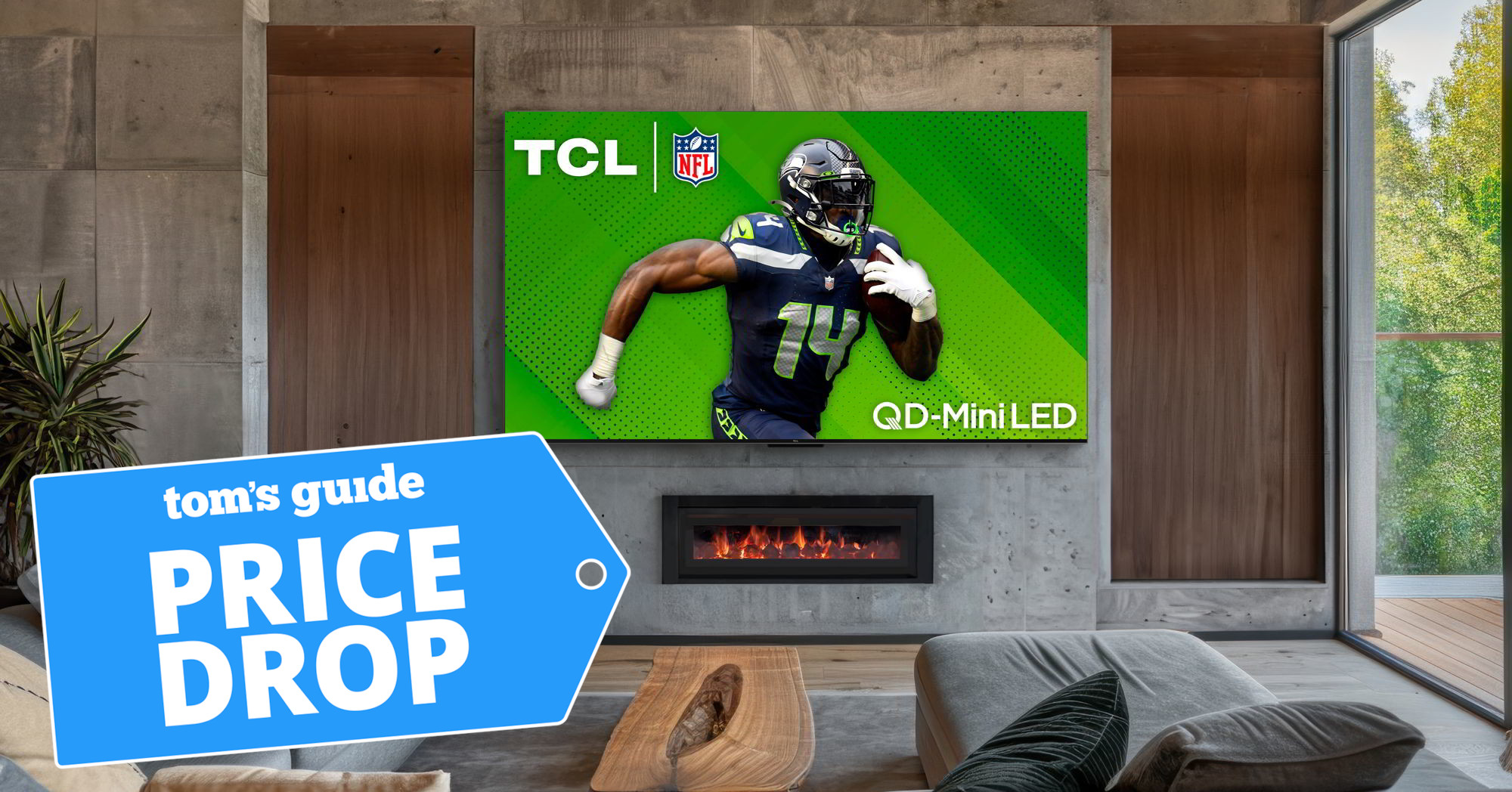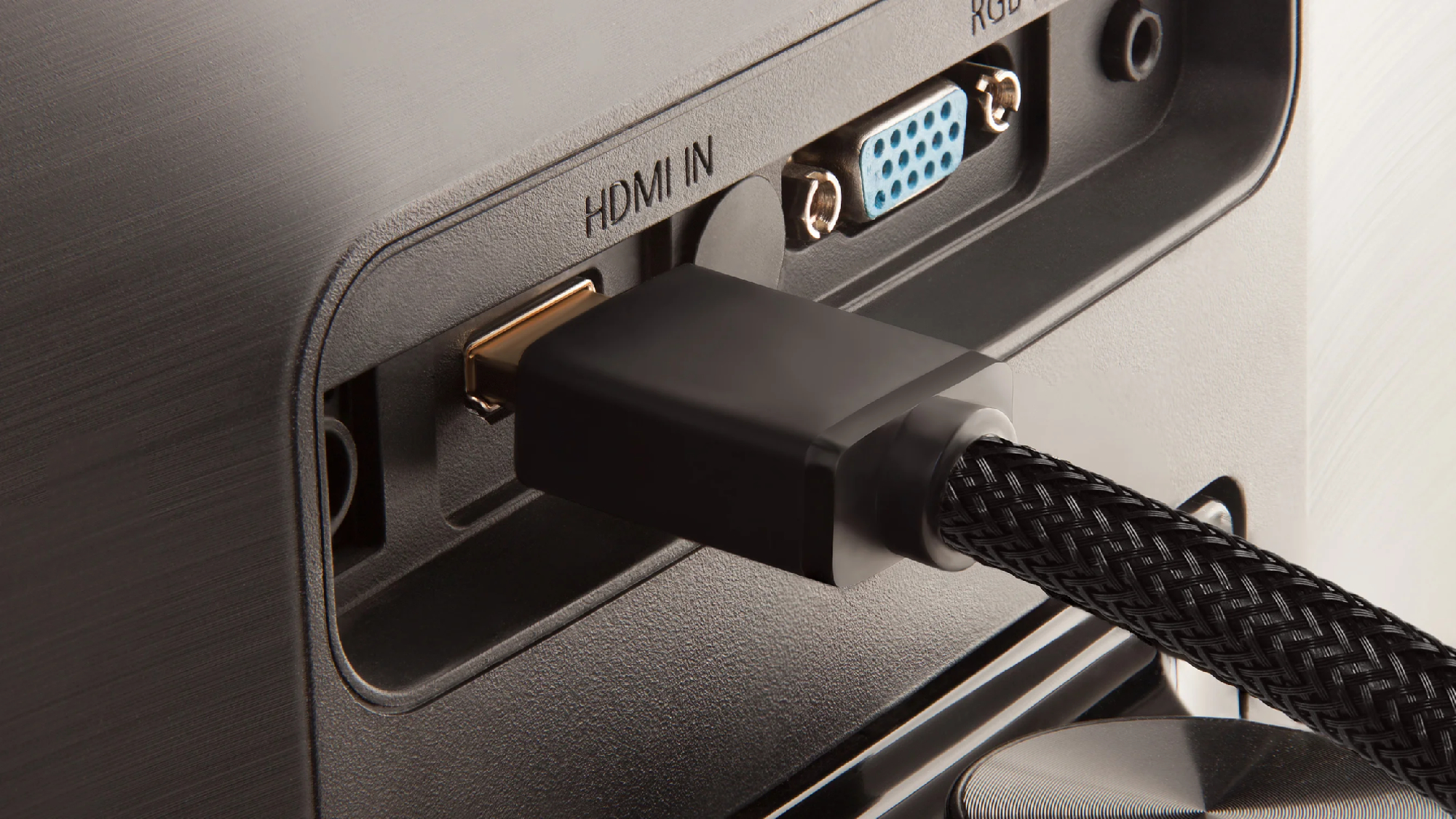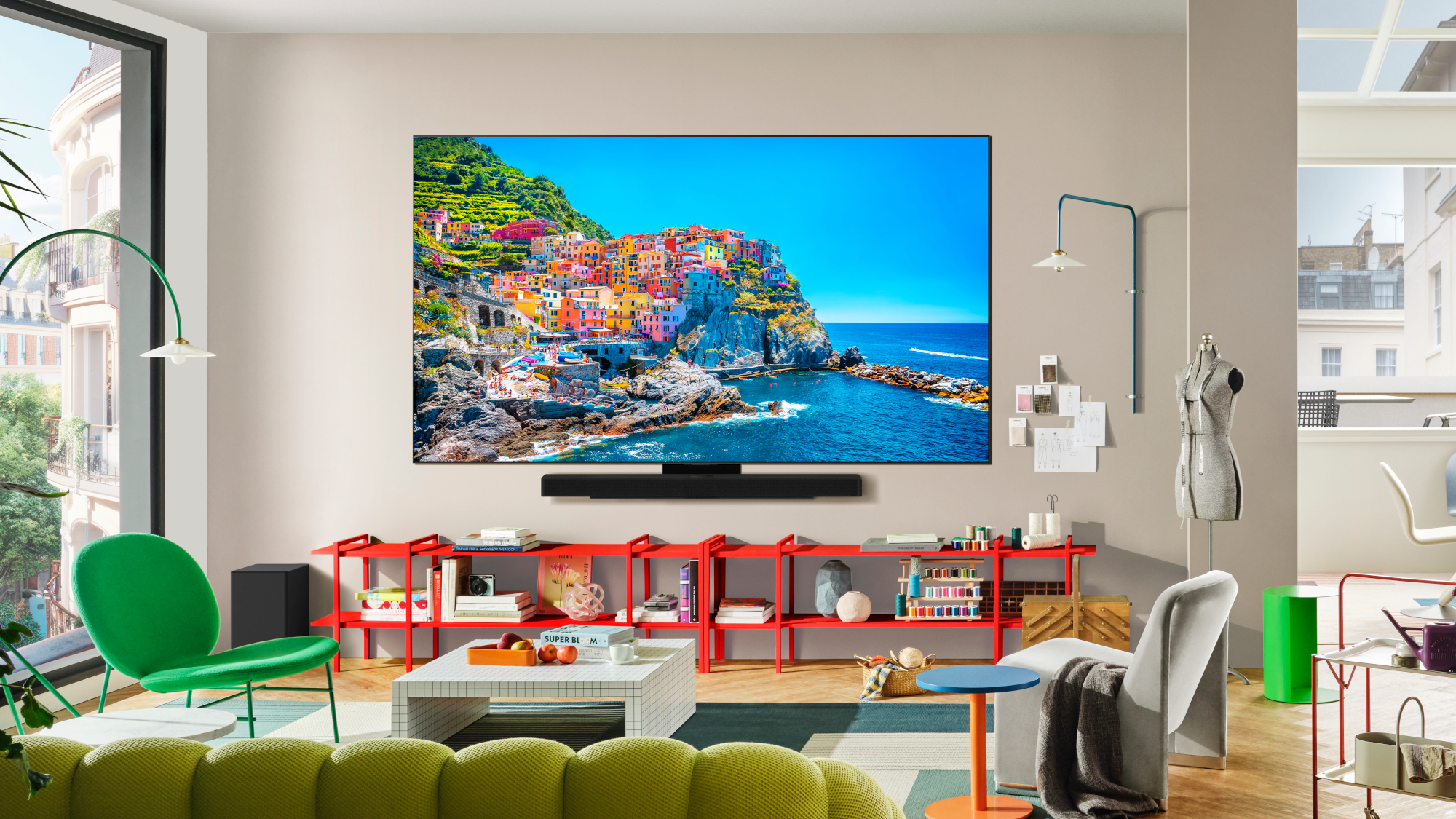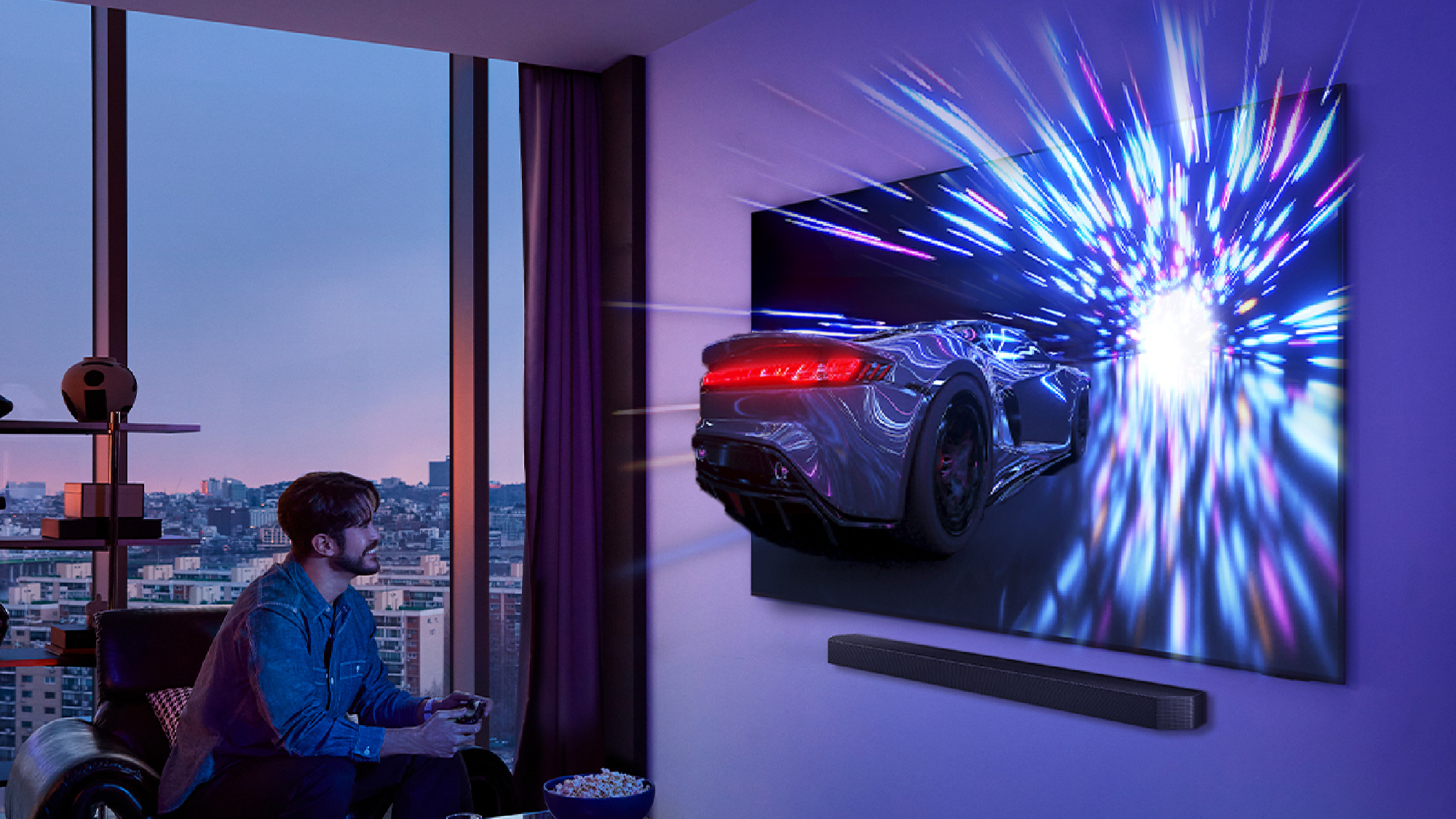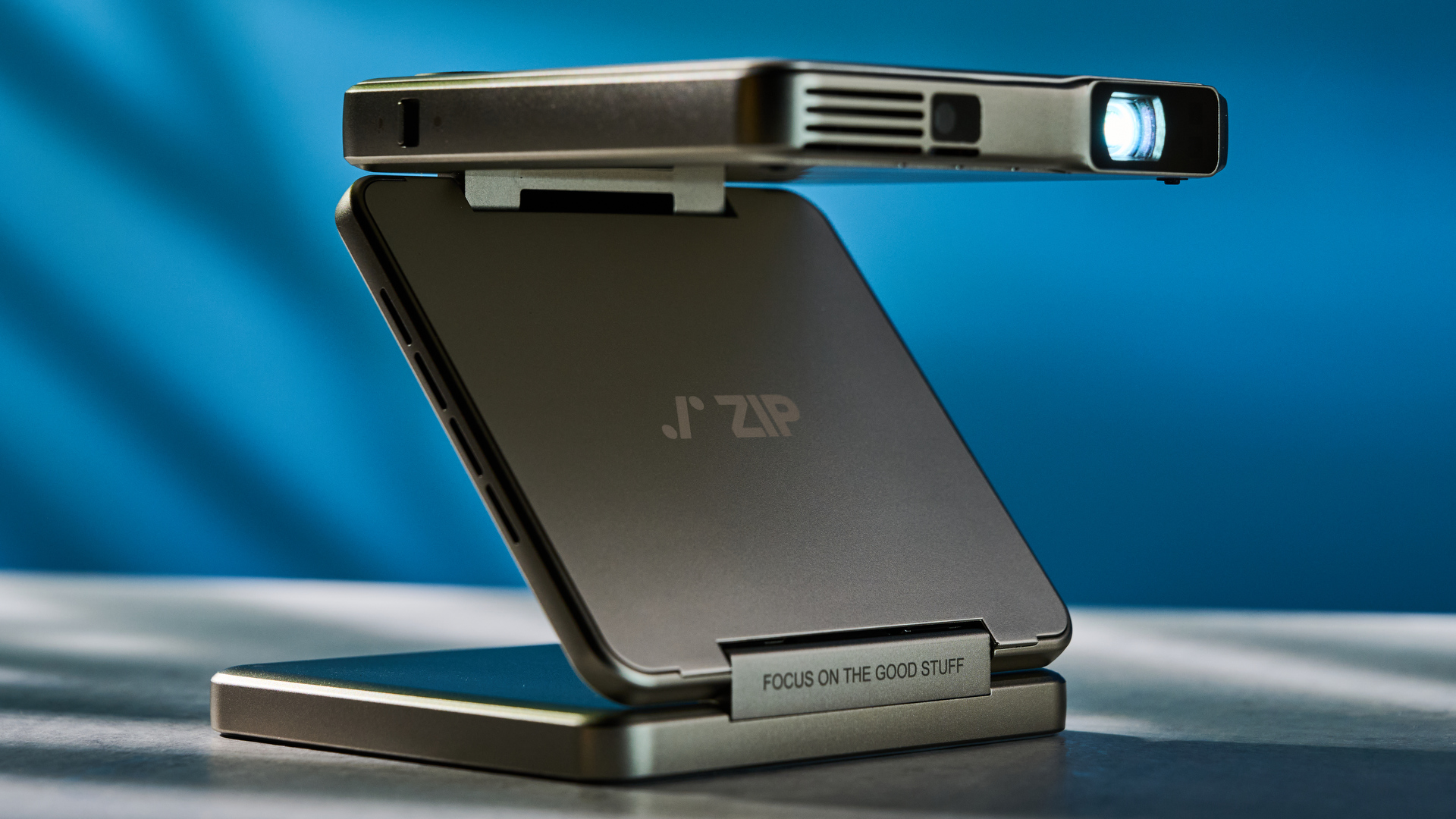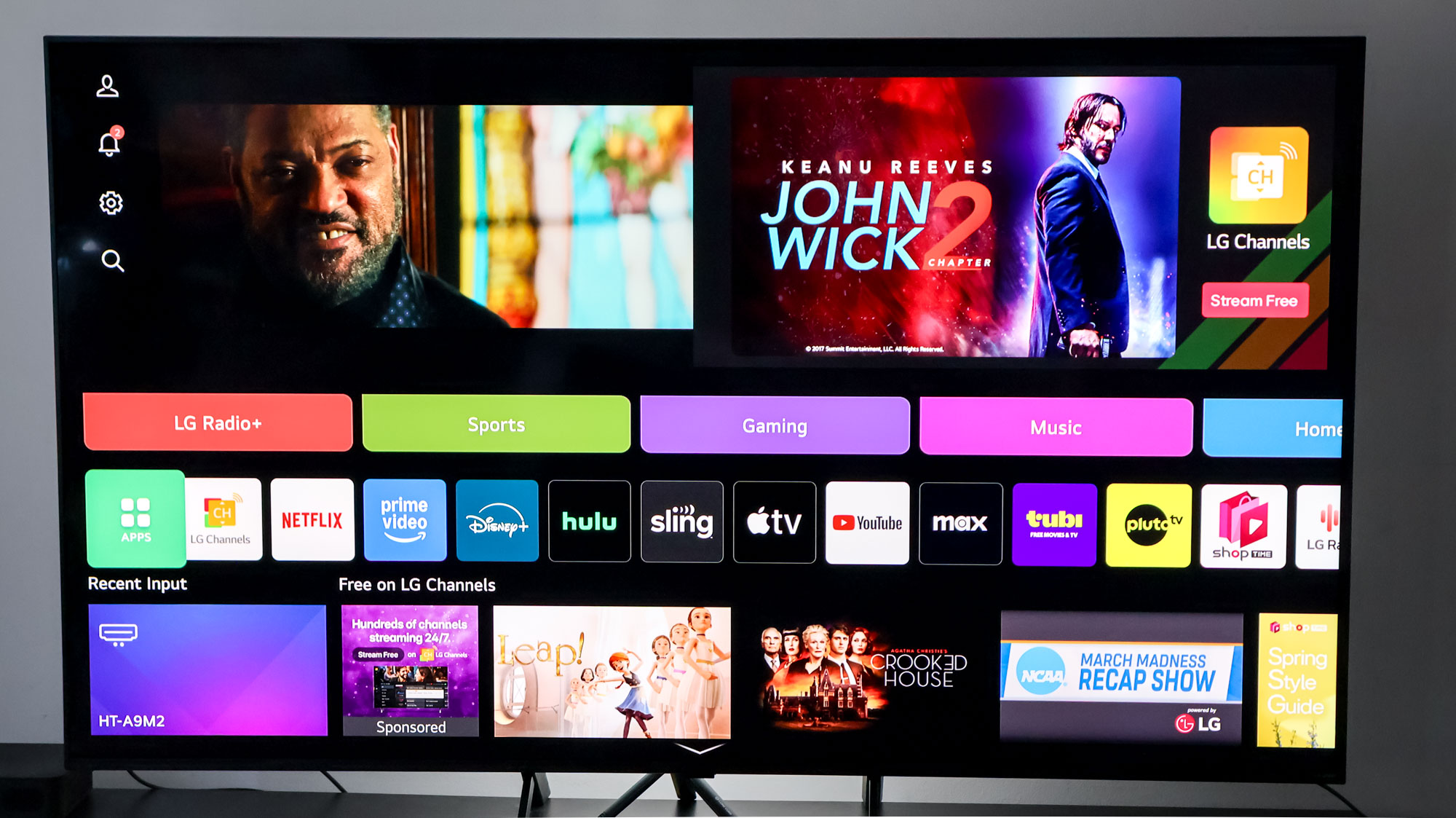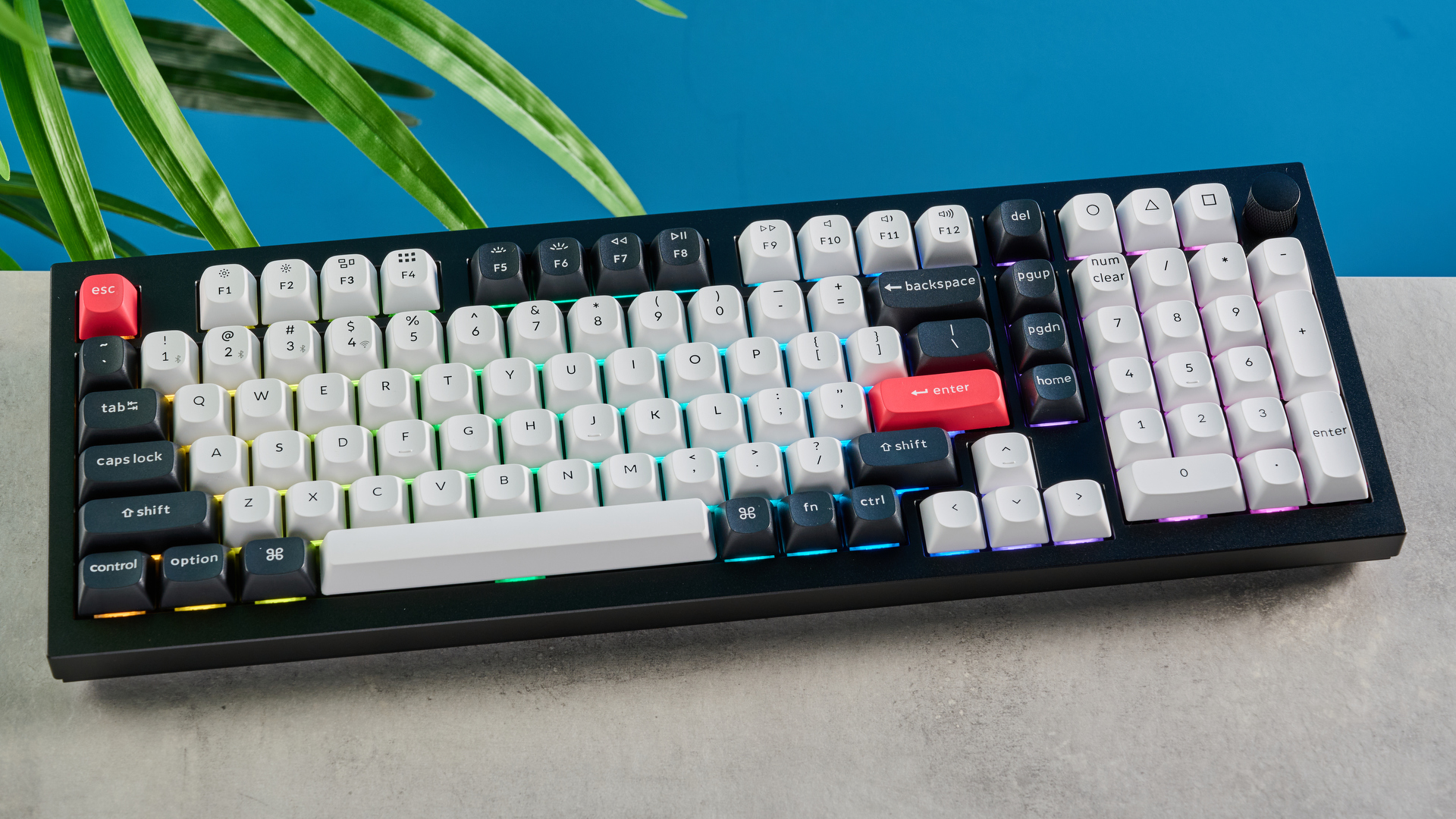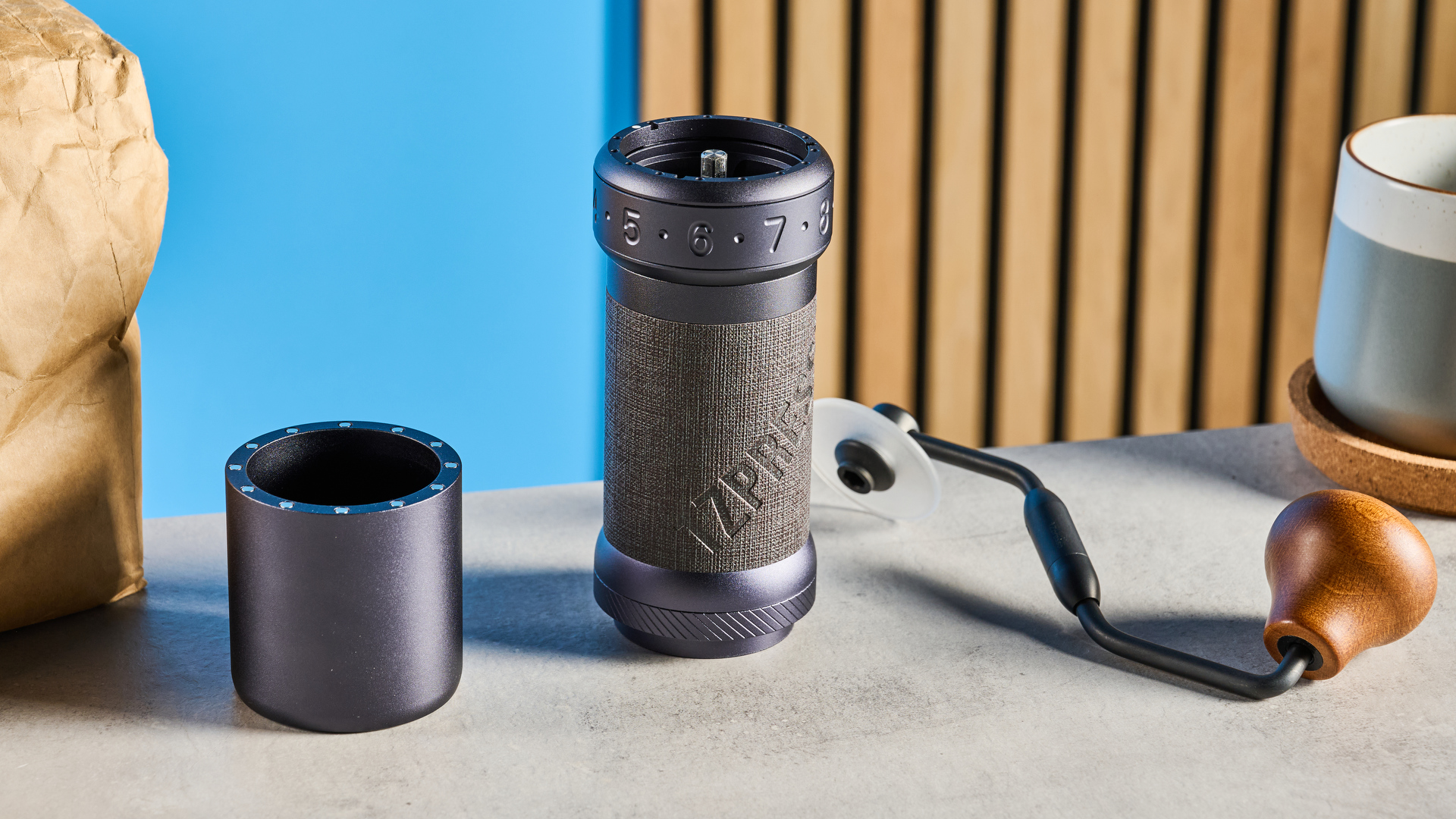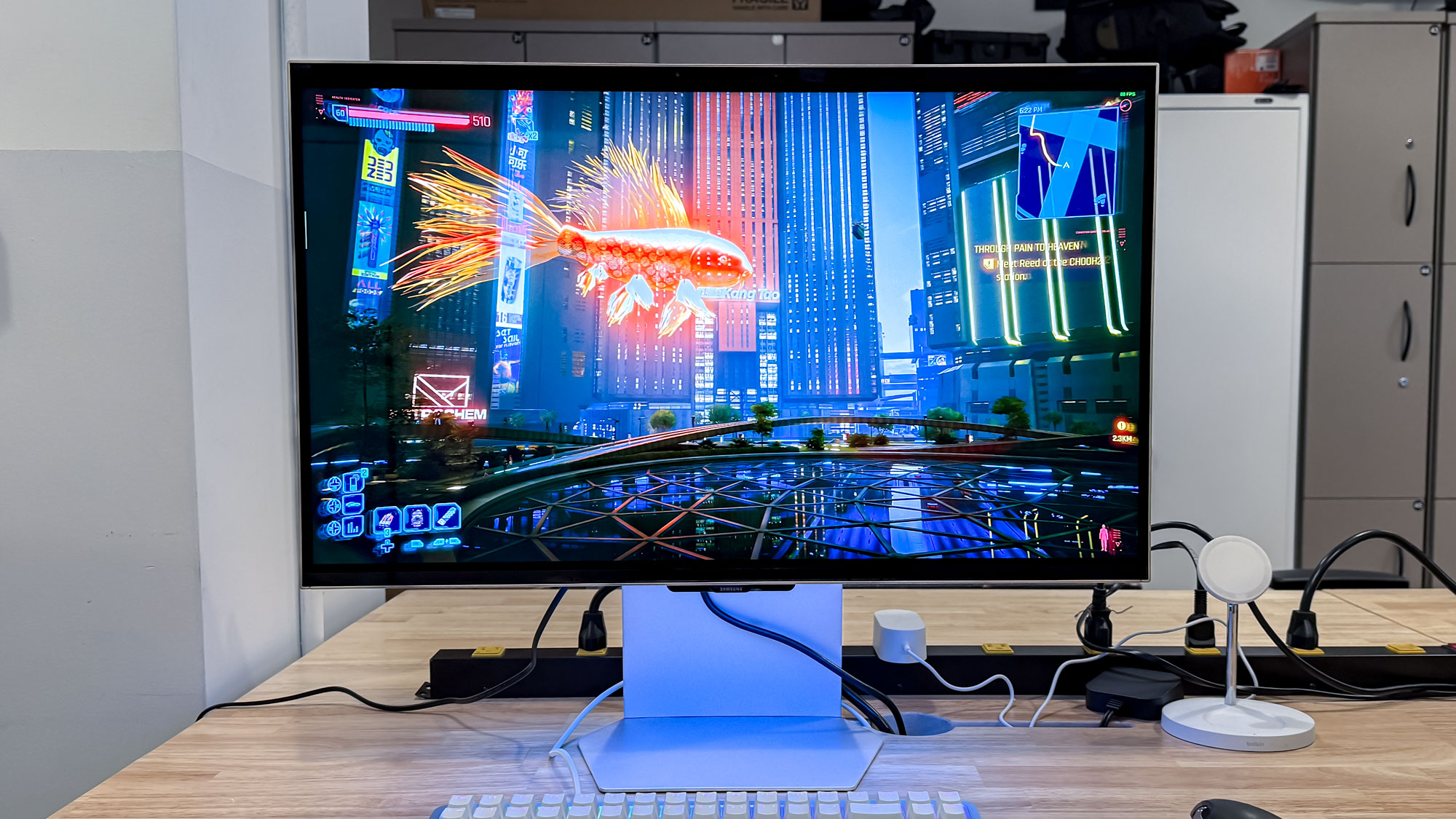This quantum dot-enhanced Mini-LED TV has a lot going for it.
Thanks to those two aforementioned display technologies, the picture quality is impressive, even in brightly lit rooms.
It’s not a perfect TV.
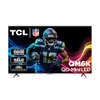
The sound quality is inconsistent enough that you’ll probably want a soundbar.
It handles glare fine enough, but it could still be better.
These shortcomings aren’t enough to stop this TV from being abest TVscontender, though.

I won’t be shocked if it eventually becomes our choice forbest budget TV.
Here’s why the TCL QM6K is a great option for anyone.
That means you could score what was already a decent value at hundreds of dollars off.

Ive listed the most up-to-date sale prices of each model in the series below.
Not sure which size TV you need?
Check out our What TV size should you buy?
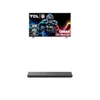
I found it easy to set up on my own.
If you opt for a wall-mount setup, that’s painless too.
The remote is the one thing about the TCL QM6K that confounds me.
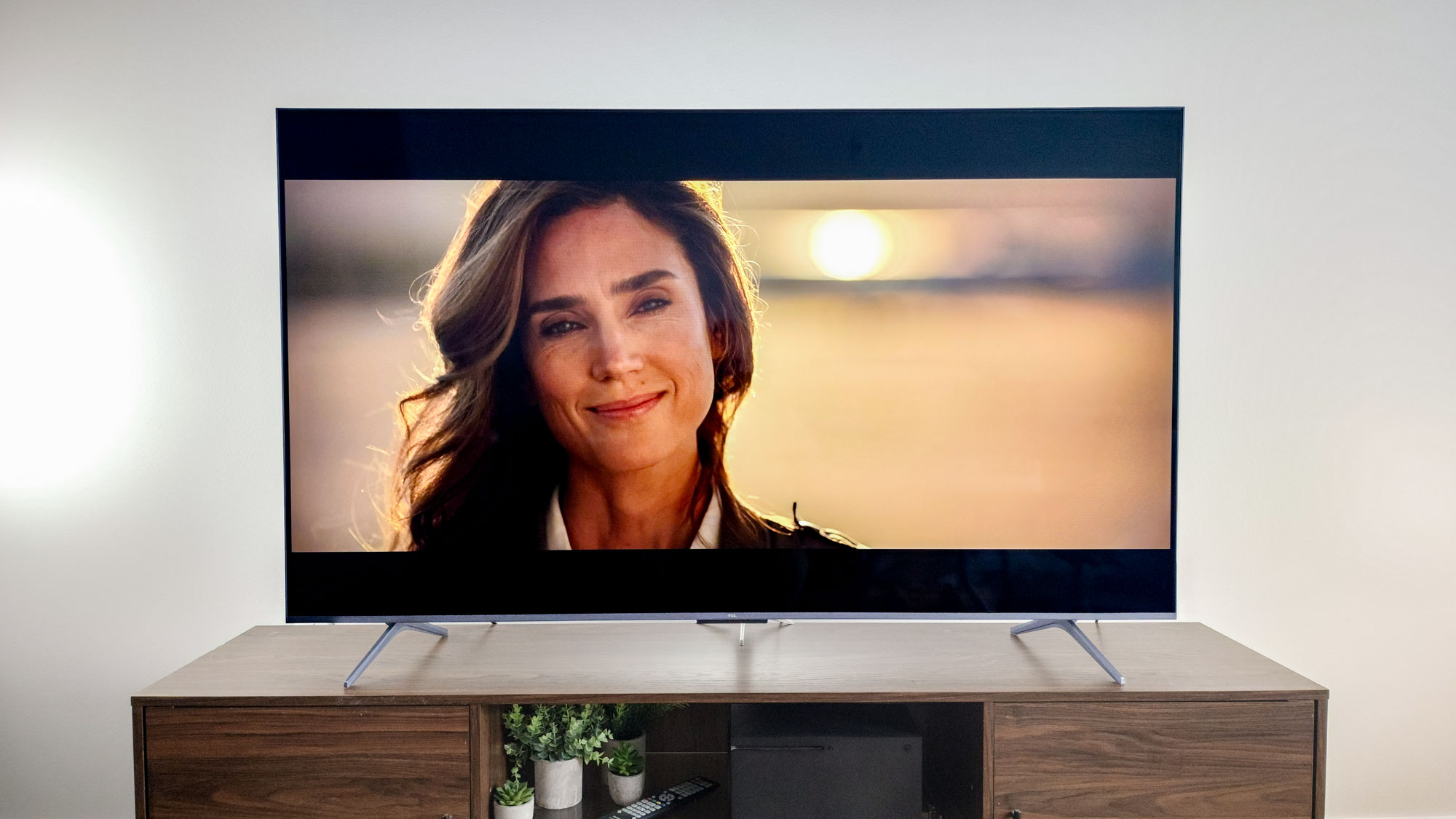
It’s sleek and ergonomically pleasant to hold.
TCL QM6K Mini-LED TV review: Ports
Ports are not lacking on this TV.
The QM6K comes loaded with two HDMI 2.1 ports that support a 144Hz refresh rate.
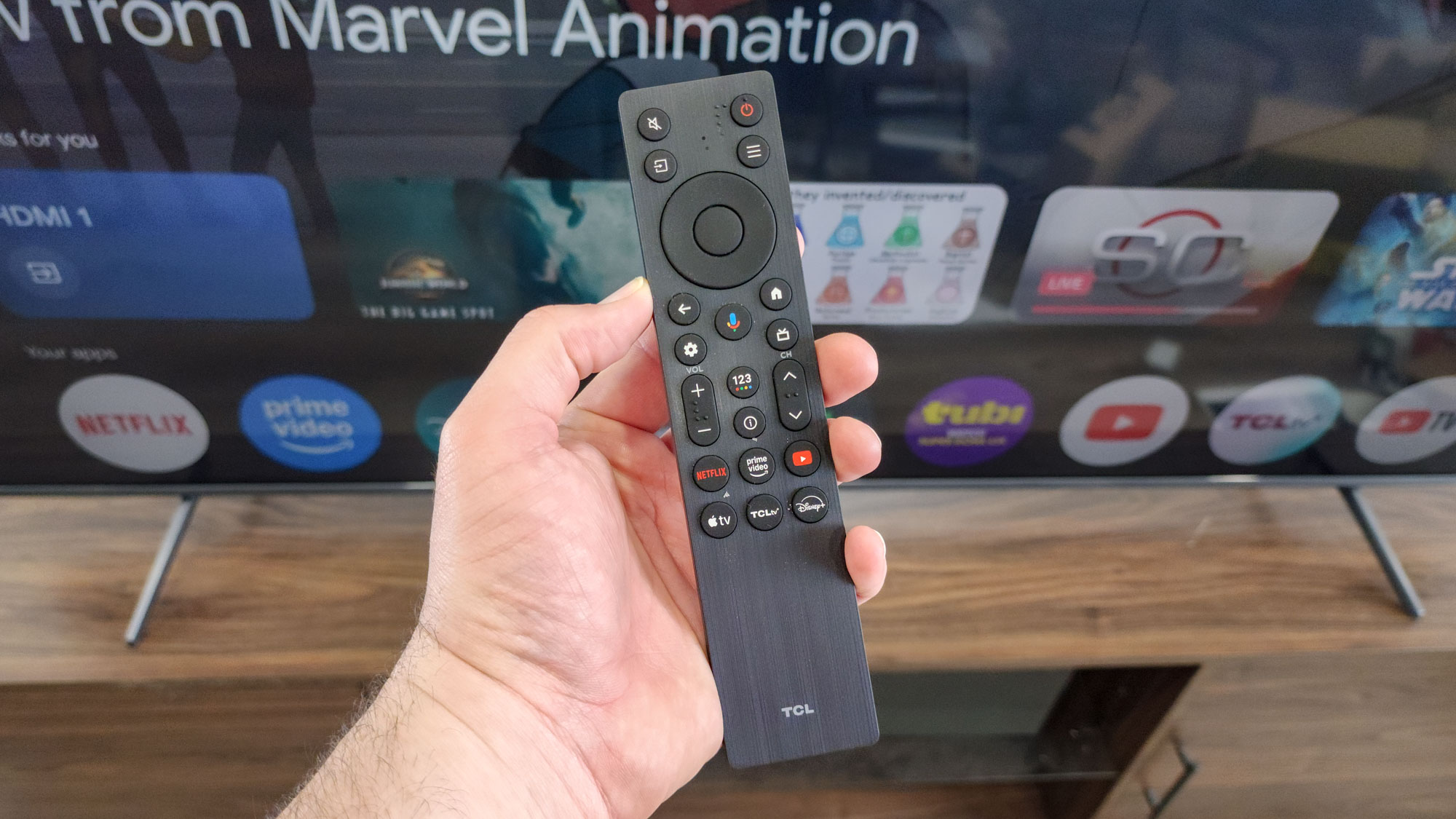
The other two ports are HDMI 2.0 and only support up to 60Hz refresh rate.
The good news is TCL has conveniently labeled everything, including which HDMI ports are which.
It has also labeled which of the 60Hz, HDMI 2.0 ports doubles as an eARC port.
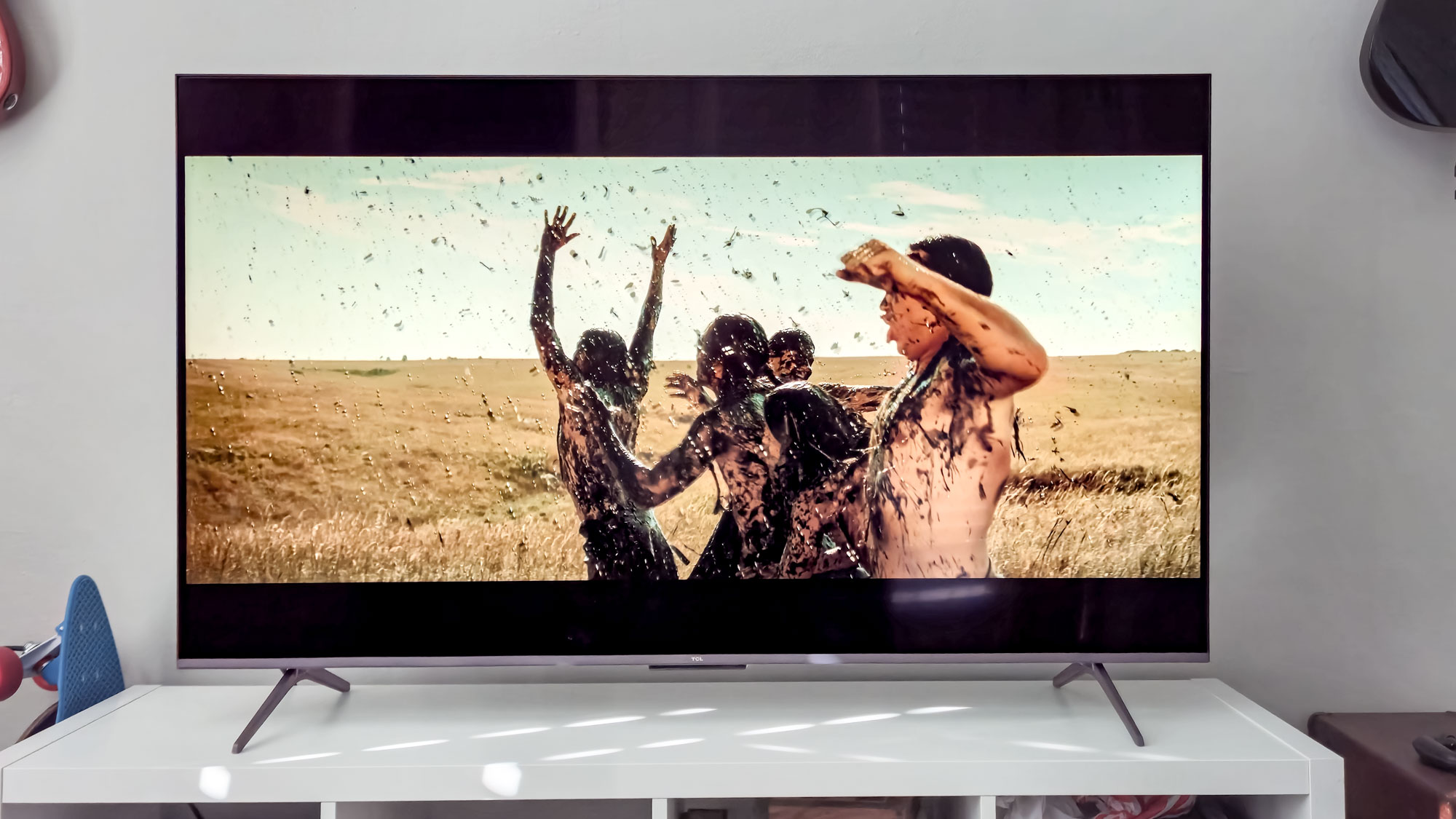
Aside from that, there is a USB 3.0 port and a USB 2.0 port.
There’s also an ethernet port, a digital optical audio output and a cable/antenna input.
Our benchmarks include technical and subjective tests designed to rate the sets performance.
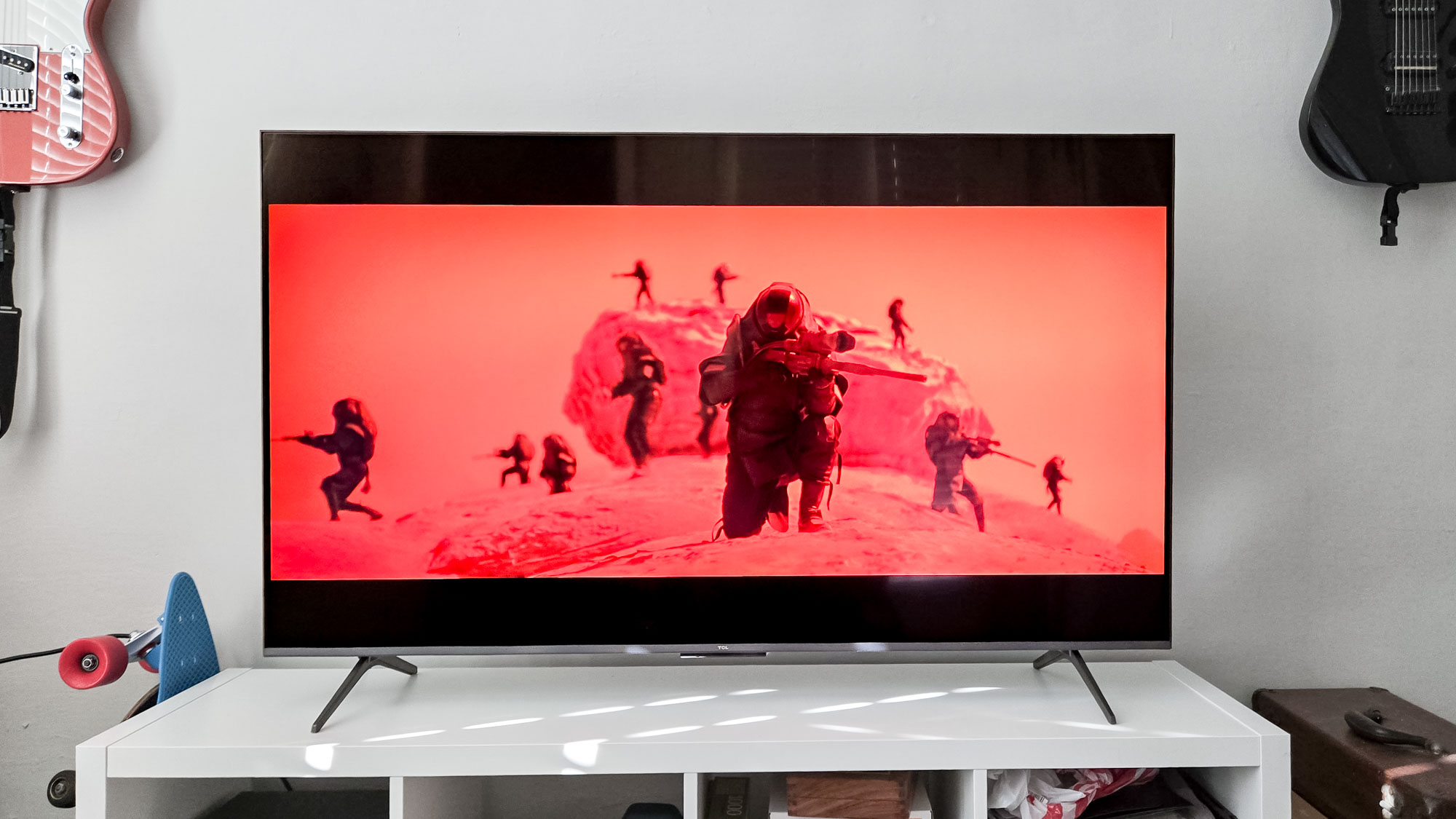
We also use a Leo Bodnar 4K Input Lag Tester for determining the TVs gaming prowess.
At 13.1ms, it’s sluggish compared to most of its competition.
Our testing shows that the TCL QM6K is plenty bright.
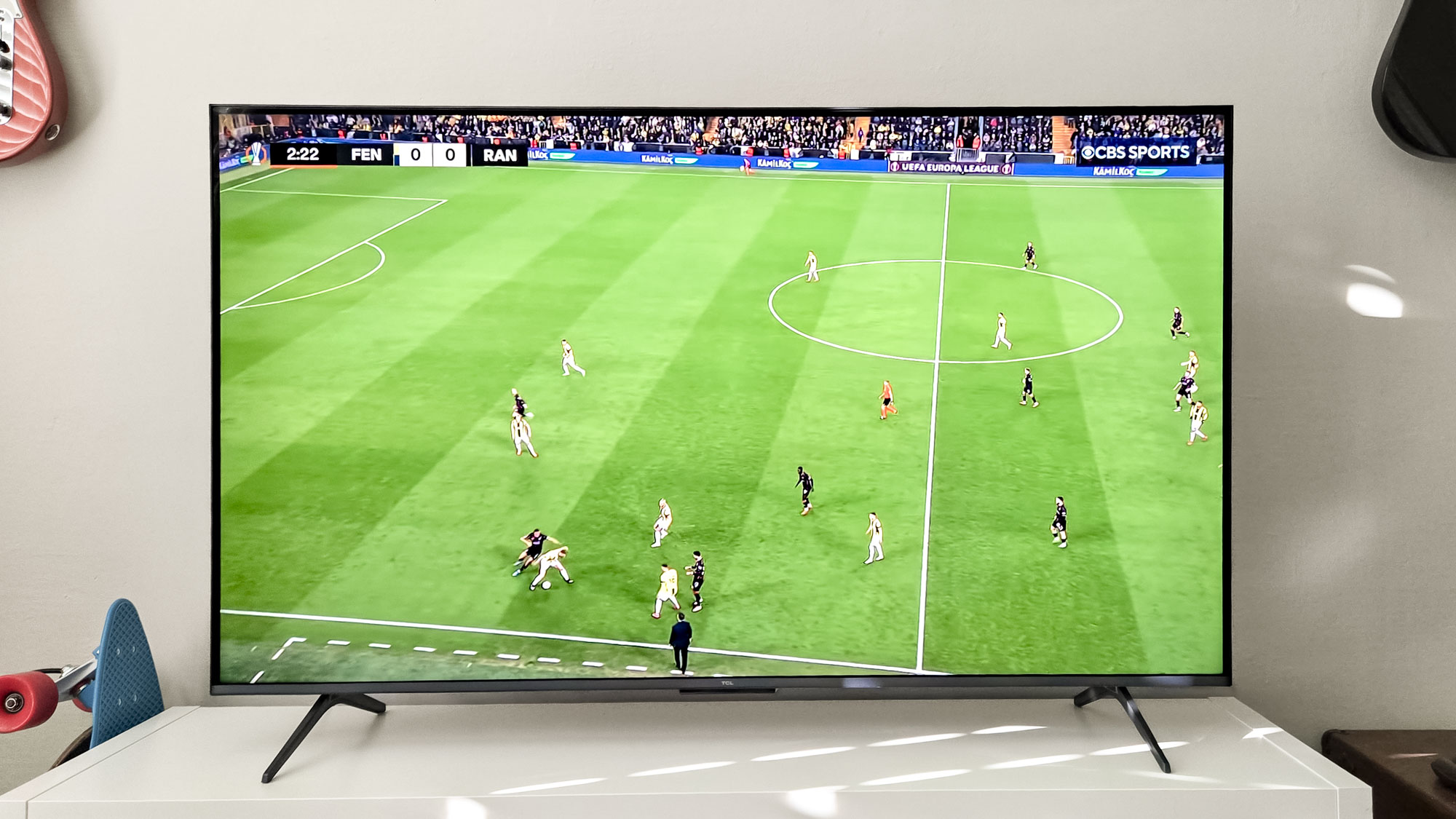
It’s not as bright as the TCL QM7, which puts up a stunning 836 nits in SDR.
However, the 688 nits you get in SDR is better than most other TVs at this price point.
Subjectively it showed in my testing.
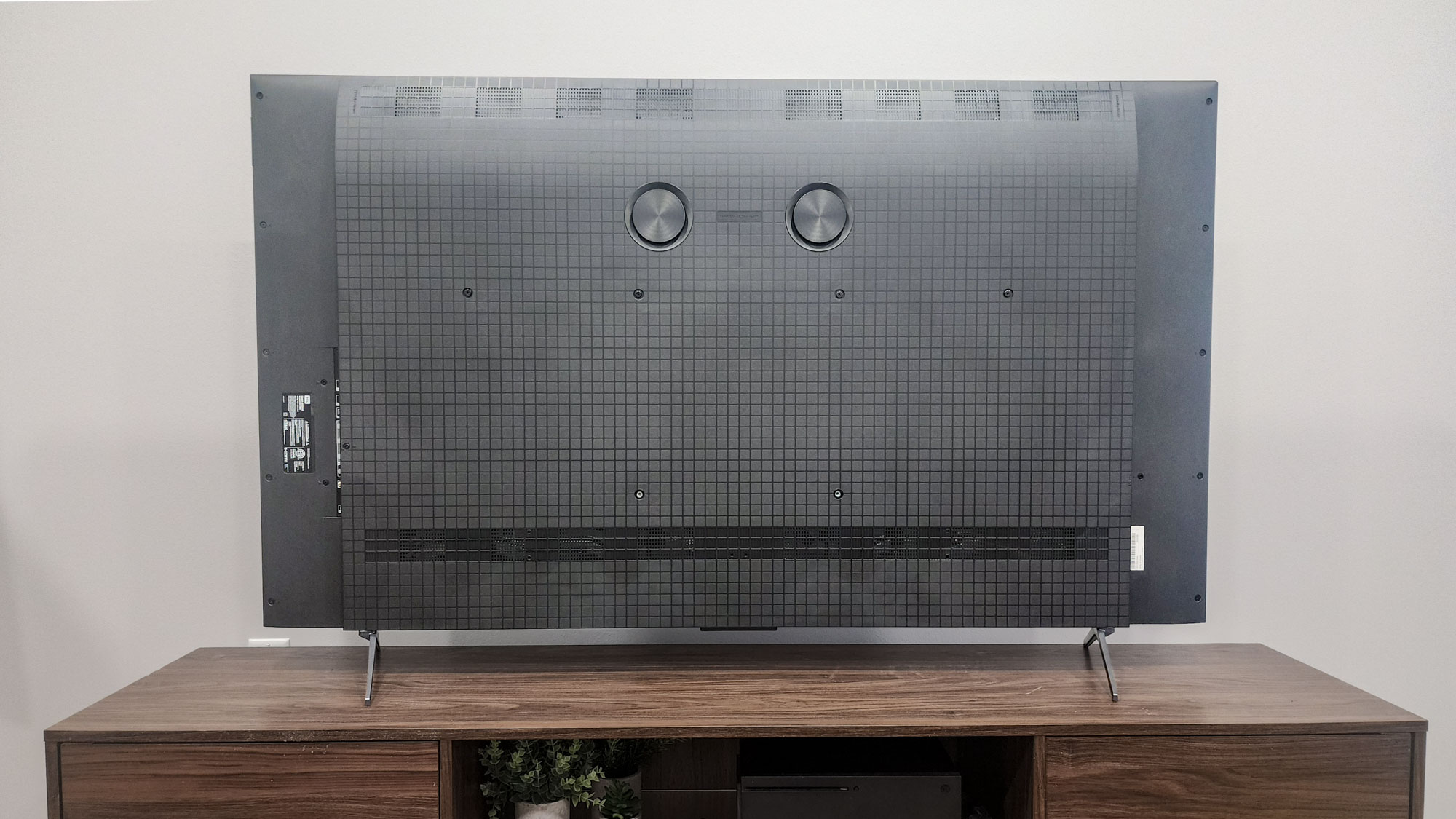
I tested out HDR content a lot and found that its performance was largely impressive.
But for me, the TCL QM6K really shines in Filmmaker mode.
Unfortunately, Filmmaker mode isn’t always available, nor is Dolby Vision IQ.
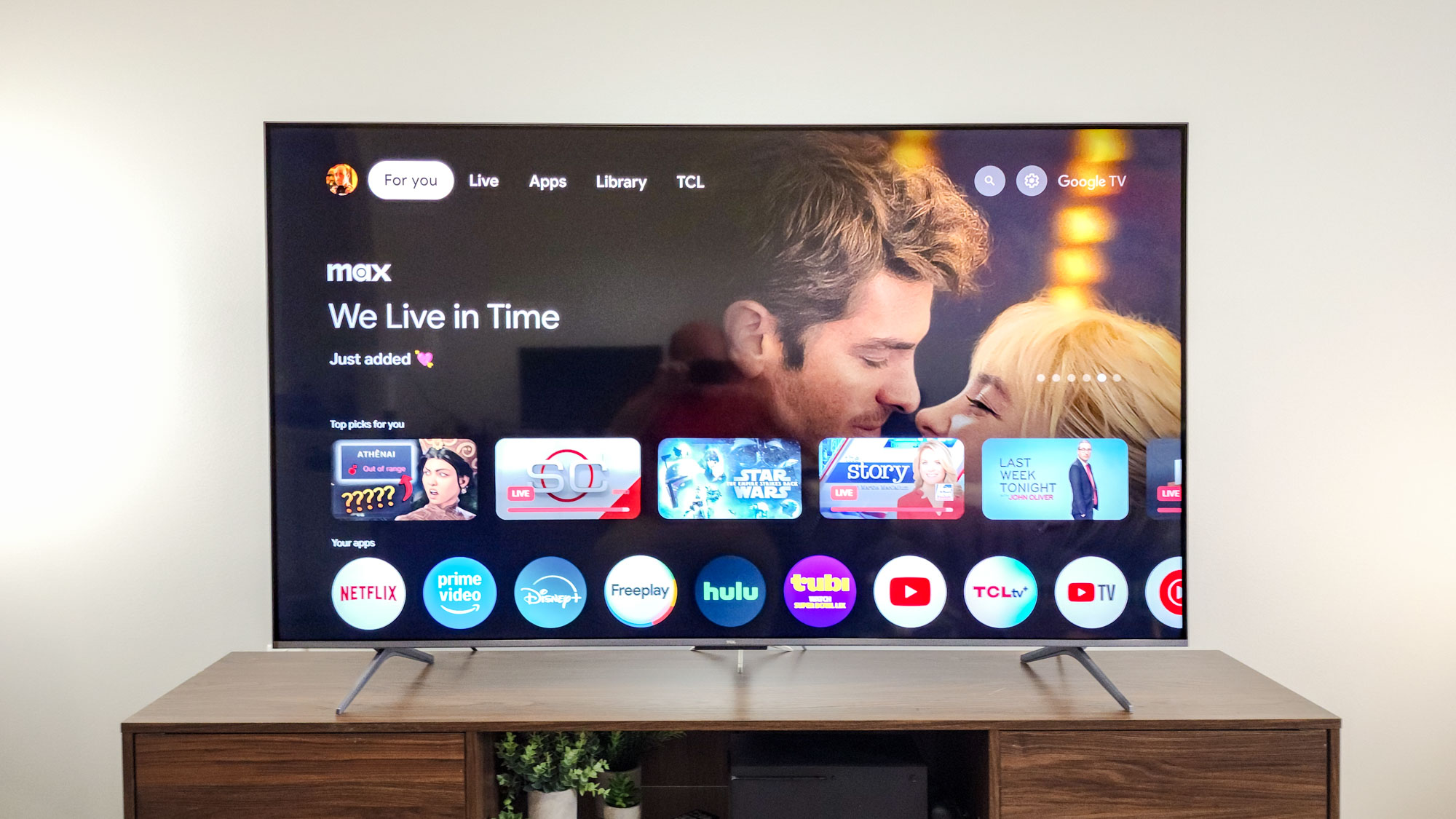
I found myself opting for the Movie picture mode in these instances.
Here’s the thing I didn’t think it wasthatbad.
Almost all built-in TV speakers these days are mediocre to downright awful.
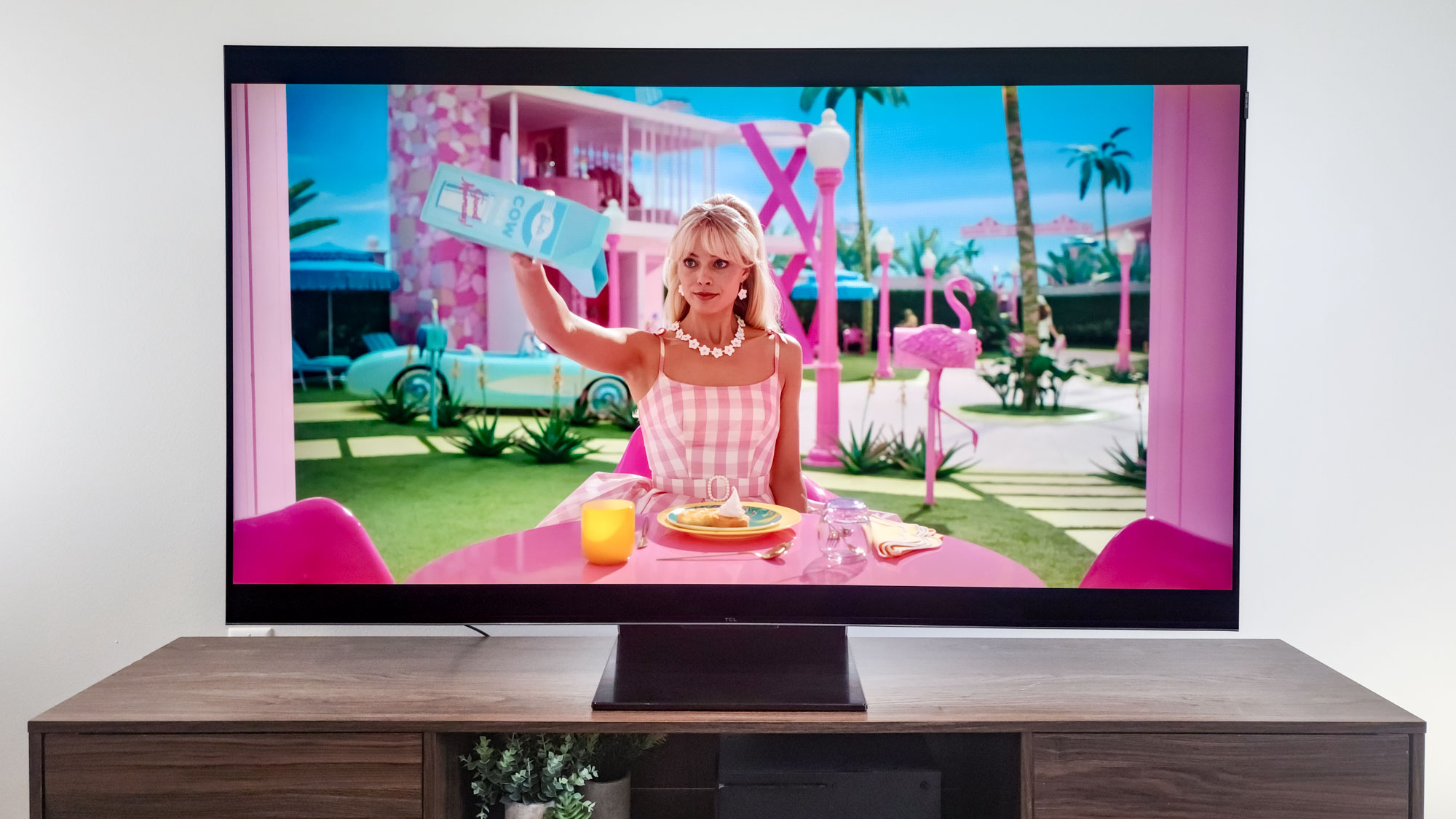
You’ll want one of thebest soundbars99 times out of 100.
It was surprisingly full sound, though a bit lacking on the lower-end frequencies.
Sometimes the dialogue was a bit tinny, but overall I felt it came through relatively clearly.
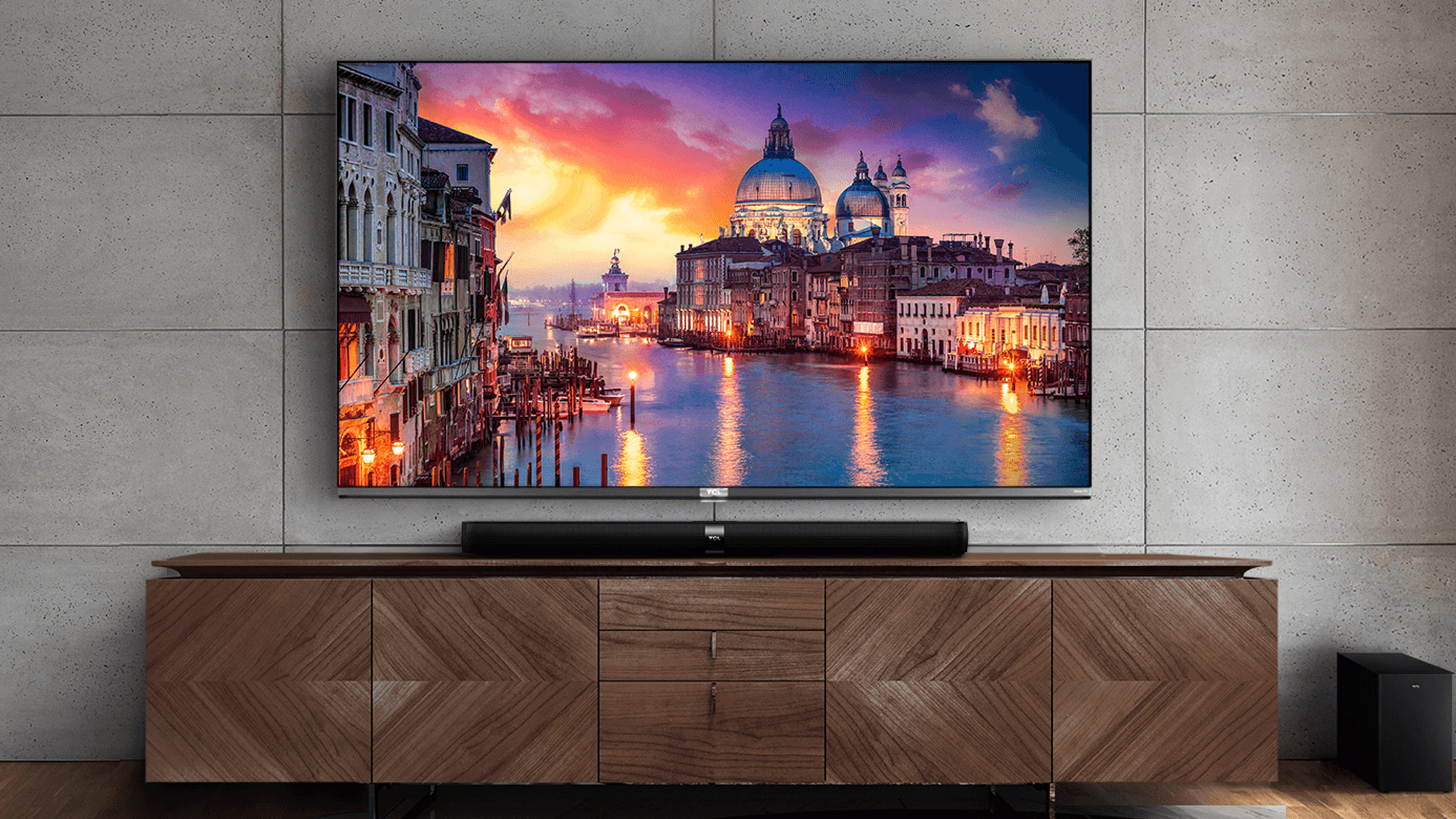
The TCL QM6K is loaded with gaming features for improved performance.
The panel runs a native 144Hz refresh rate, which you might access from the two HDMI 2.1 inputs.
However, Game Accelerator 240 can digitally boost the refresh rate to 240Hz VRR (in 1080p).
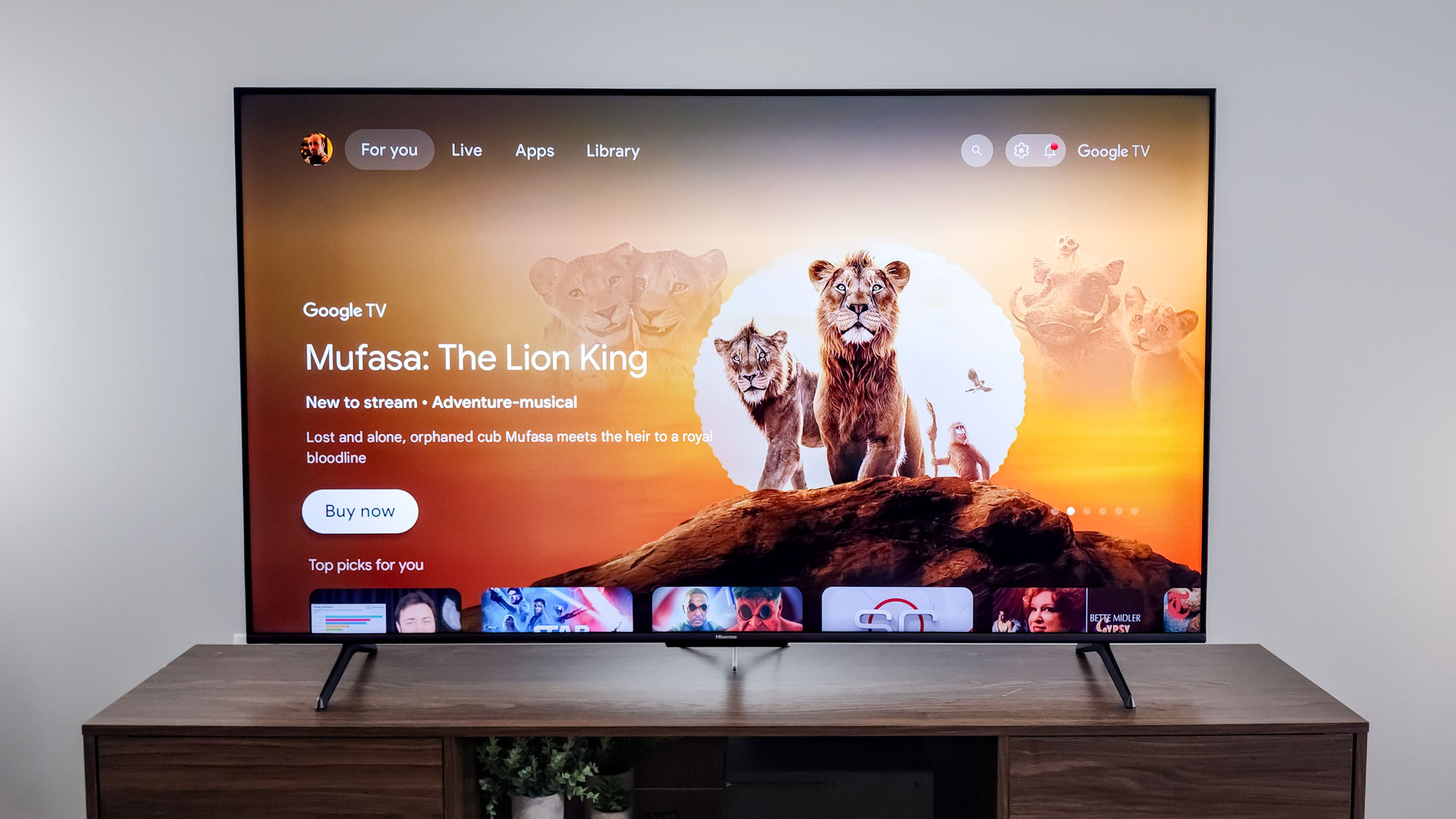
This feature can be combined with the TV’s built-in AMD FreeSync Premium Pro for a buttery-smooth gaming experience.
Admittedly, there is one negative aspect of the TCL QM6K’s gaming performance.
While it is loaded with all these features, its input lag time is relatively poor.
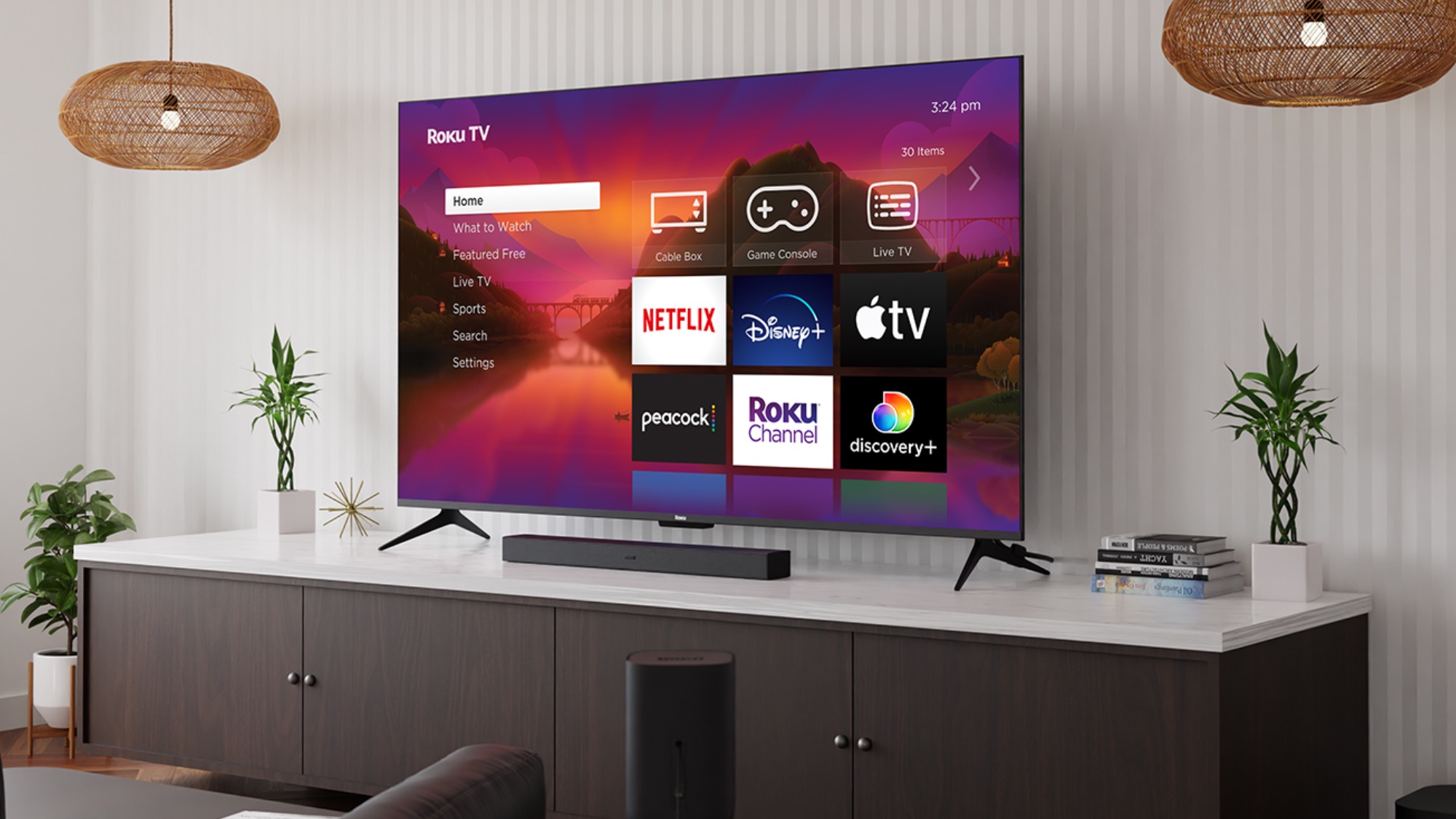
TCL QM6K Mini-LED TV review: Smart features
I hate the Samsung Tizen smart TV OS.
And I’m not the biggest fan of LG’s webOS either.
If it’s one of thebest streaming services, it has an app on Google TV.
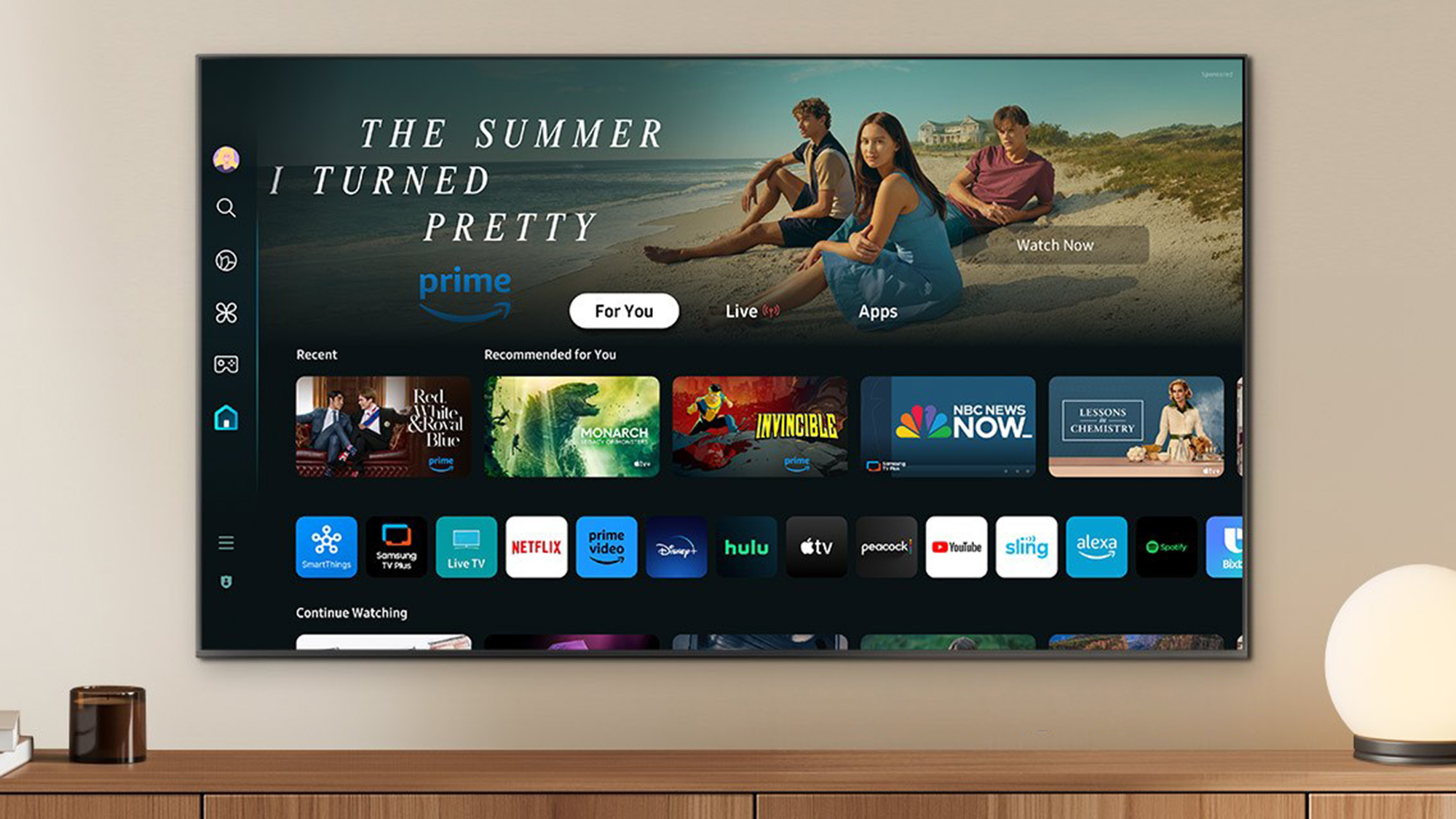
They’re about the same price, but the QM7 hits a significantly higher peak brightness.
However, the color accuracy on the QM6K is superior.
But if that’s the biggest knock against this TV, then frankly, that’s relatively high praise.
